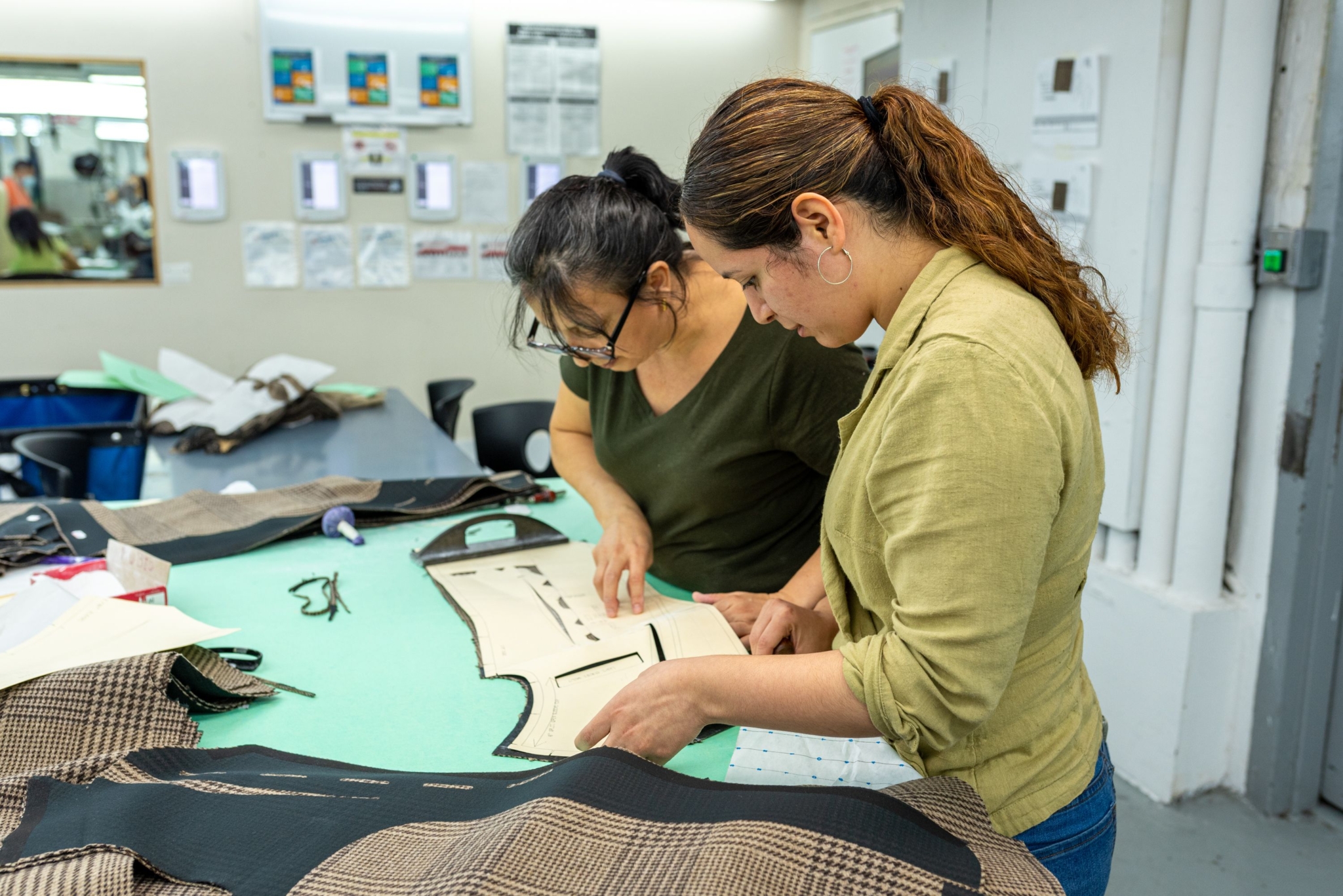Impeller Wear Analysis
What are the common causes of impeller wear in centrifugal pumps?
Impeller wear in centrifugal pumps can be caused by a variety of factors, including abrasive particles in the fluid being pumped, cavitation, corrosion, and high operating speeds. Abrasive particles can cause erosion of the impeller surface, while cavitation can lead to pitting and surface degradation. Corrosion can weaken the material of the impeller, making it more susceptible to wear, and high speeds can increase the impact of these factors on the impeller.








